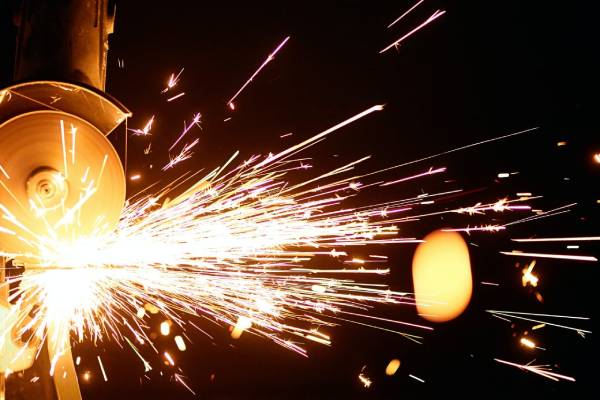
Why do industrial customers use cut-off wheels?
- Business
- November 16, 2021
Whether the focus is on the automotive, aerospace, steel manufacturing or electronics industry, metallographic studies are intrinsic to material quality evaluations and safety checks. In this sense, the stages of sample preparation for metallography are also important in various large industries.
Cut-off wheels facilitate the establishment of manageable pieces of sample material. Hence, cut-off wheels transform the shape of the material. Akasel, founded in 2004, offers cut-off wheels for various materials, including metal. Preparation time and costs can be minimised with the use of the ideal cut-off wheel; the smoother the cut is, the less subsequent time will need to be spent on grinding and polishing.
One of the most significant industries, when it comes to use of cut-off wheels, is the ever-growing automotive industry. Industrial customers use these tools in a multitude of manufacturing and development processes; they assist in generating high-quality products. There is continued demand for cut-off solutions, partly due to increased standardisation of processes in industries involving construction.
Automotive and aerospace industries produce products that transport people. There should therefore be no compromises when it comes to safety. Thus, metallographic studies can benefit safety evaluations. Beyond metallographic studies, the optimised tools, including cut-off wheels, are also used in machining notable components of vehicles and aircraft. Often, flexible materials such as silicon carbide, or SiC, are used as the cutting material for building materials such as aluminium and titanium. Beyond metals, SiC can also be used on glass and plastics, because heat-related deformation is unlikely to occur due to its low heat accumulation properties.
In cut-off processes different abrasives are used depending on the material hardness. Generally, the same abrasive is used for the same group of material. In most cases, it is the binder that is altered, i.e., a soft binder for hard materials and a hard binder for softer materials.